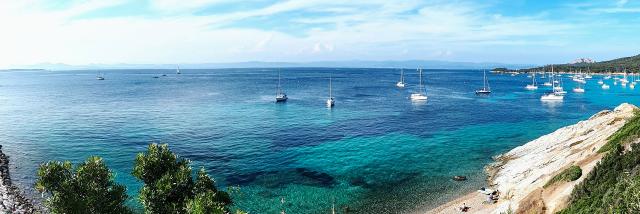The Calanques fjords
An exceptional site
Welcome to Provence’s most natural wonder. Ancient valleys submerged by the Mediterranean Sea 10,000 years ago, the Calanques are dazzling white limestone cliffs studded with cracks and scree that offer a striking contrast with the azure blue waters below. Spanning 20 kilometres between Marseille, Cassis and La Ciotat, the Parc National des Calanques offers a varied relief, eroded and carved out by the wind and sea. Here, breathtaking peaks rub shoulders with steep slopes and majestic vistas over the Mediterranean Sea stretching as far as the eye can see. We can’t say it enough: the Calanques National Park – Europe’s only suburban national park – encompasses both land and sea.





